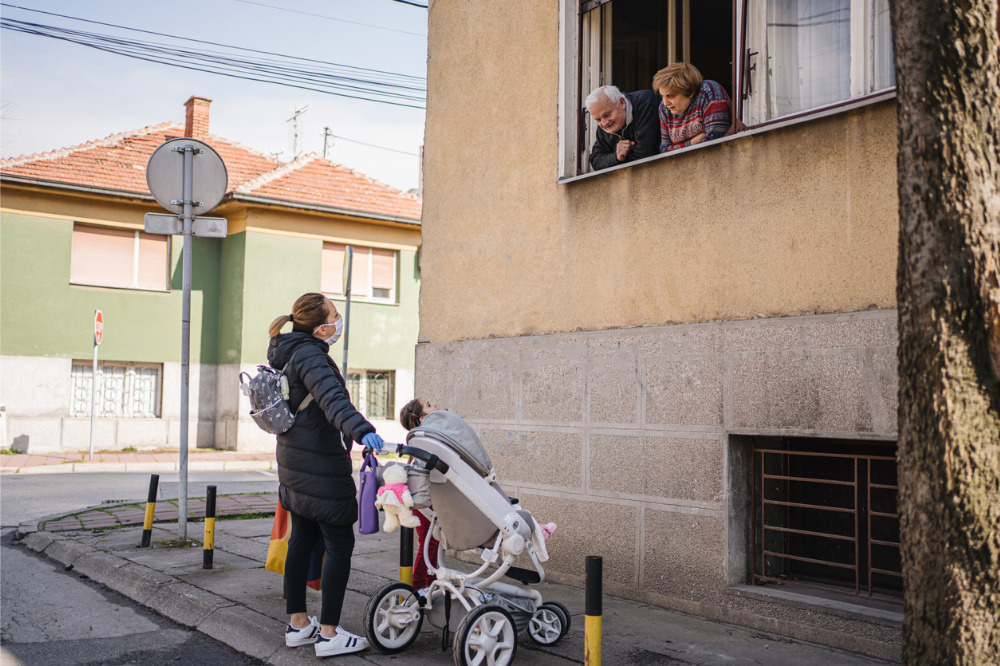
At some point, most of us heard stories from our grandparents, or great grandparents, about what it was like to live through major world events such as the Spanish Flu, the Great Depression and World War Two.
Some of us never imagined we’d live through anything as big - or bigger - but earlier this year, our generation began experiencing the world-stopping event that is the COVID-19 pandemic.
Not only has the virus led to the world’s first ever synchronised shutdown, it also appears to be leading us into the second Depression since the early 1930s.
Indeed, the effects of the virus – both human and economic – are still very fresh and etched deeply into our collective psyche…but how will future generations remember this historic moment in world history?
The University of Sydney’s Library has begun asking staff and students to contribute materials capturing their experience of living through the pandemic.
“We are creating a collection to preserve the daily individual reality of the pandemic’s impact on the University community,” Liz Litting, Associate Director, University Library said.
“It will hopefully create a cultural record and valuable historical resource for our own and future generations”.
The library is inviting people to submit videos, personal diaries, artworks, photographs, newsletters, poetry and short reflections that demonstrate their response to the unfolding of the pandemic.
It will work with the State Library of NSW to capture social media including specific hashtag content such as #usydonline.
The library has a significant collection of cultural heritage materials some of which are available through the library’s Digital Collections repository.
Separately, the Library collects metadata and open access versions of University research publicly shared through the Sydney eScholarship repository and is encouraging researchers to use the repository to share their COVID-19 research.
Research and cultural heritage materials relating to COVID-19 and the University will be available for research, teaching and public interest.
“It is only through the preservation of records from the Spanish Flu pandemic that we know today the University was faced with the difficult decision of approving first-year medical students being used to support containment of the flu in the absence of other medical workers still stuck in Europe at the end of the First World War,” University historian Associate Professor Julia Horne said.
She encouraged international students to contribute, including materials in languages other than English, and for new undergraduates to provide their perspective.
Participating in the project is an honorary archivist for the University’s School of Medicine and Royal North Shore Hospital, Associate Professor Catherine Storey, a retired neurologist who supervises research projects involving the history of medicine at the University of Sydney.
“We often miss what happens at ground level and don’t realise the importance of documenting the period we are living through which, with the emergence of social media, is more challenging than ever,” Professor Storey said.
“What people might consider as ‘trivial’ is often the most revealing, such as lecturers’ notices to their classes. During the pandemic I’ve been keeping a diary but also collecting institutional notices, messages and fact sheets that have been issued and published online”.
Associate Professor Storey will work with the University of Sydney Library, the State Library of NSW and National Library in Canberra to contribute to their records.
Similarly, the University’s library will, with permission, share materials that fall outside its scope with those same libraries.
The University’s cultural heritage collection of the pandemic will contribute to a national and international record of the events during the pandemic.
The library together with the University’s archives and records management will curate the ‘Collecting COVID-19’ items before making them available for public use, currently planned for 2021.


